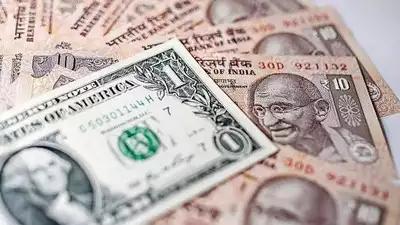Indian Rupee's Historic Slide
The Indian rupee has reached an unprecedented low of 85.24 against the US dollar in early trade on Thursday. This decline is attributed to the rising US Treasury yields and a general downturn in most Asian currencies. Following a mid-week holiday, the rupee opened lower, continuing its downward trend from the previous close at 85.20.

Factors Influencing the Rupee's Decline
A recent report by Standard Chartered Bank outlines several challenges facing the rupee, including slowing foreign direct investment (FDI) inflows, weak manufacturing exports due to muted global demand, and a narrowing policy rate differential with the US. The bank projects a modest depreciation of the rupee to 85.5 per US dollar over the next 12 months.
Supportive Factors and Economic Outlook
Despite these challenges, India's robust economic growth, attractive real yields, stable balance of payments, softer commodity prices, and strong forex reserves offer some support to the rupee. However, these positive indicators may not fully counteract the downward pressures. The report also highlights a favorable outlook for Indian equities, supported by strong GDP growth, corporate earnings, steady domestic investor inflows, and potential US Federal Reserve rate cuts.
Looking Ahead
India's economic growth is expected to recover from its current cyclical slowdown, driven by higher government capital expenditure, a revival in rural demand, improved urban consumption, and broader policy support. Inflation is also expected to trend lower in 2025, thanks to declining food prices and the disinflationary effects of previous policy tightening. Despite near-term hurdles, India's strong macroeconomic fundamentals and growth potential suggest a resilient economic outlook for 2025.









Comments